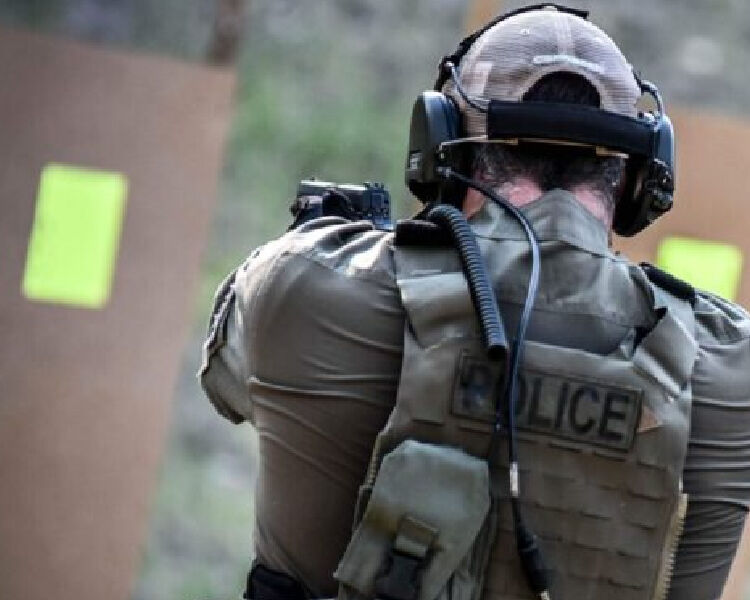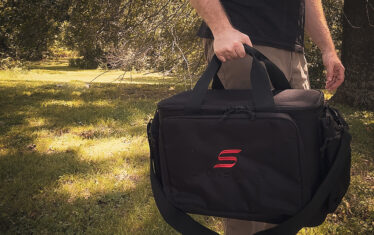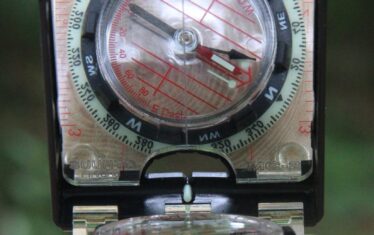Do you have a drill that test your marksmanship and gun handling skills? The War HOGG Self Eval is a perfect drill to test numerous different marksmanship and gun handling skills while capturing 12 pieces of critical data for The Firearms Training Notebook. This data will assist you in developing your dry fire training plan.
Before Starting A War HOGG Course
When I first get my students at a War HOGG Tactical course, I tell them a couple of things. First, don’t be afraid to try new things. I tell them “If you do what you have always done, you’re going to get what you always got.”
Second, they must change their mindset on the flat range and treat it like the street or real world. This is a critical part of the War HOGG Self Eval seeing how they have two different size targets, and with future shooting drills.
My intent especially for my law enforcement students is to break them out of that flat-range police mentality and have them start to think on their own. This will help add to their survivability on the street.
The Self Eval Breakdown

The Self Eval starts with two magazines of 6 rounds each for handgun and rifle. The pistol portion of the Self Eval is shot at the 5-yard (or meter) line. I have my students start from the ready position. However, it can be done from the holster, either duty or concealed. Remember, it’s your self-evaluation, so do what you need to do to check on your ability.
The targets consist of a 3×5 and 4×6 inch index card spread diagonally approximately 18 inches apart. We use colored cards because some ranges use white plastic backers, and let’s just say it was a lesson learned.
On the audible tone from the PACT Club Timer III, the shooter presents out and engages three shots on one card, indexes to the other card for three shots, does a speed magazine change, and repeats the engagement sequence. For a video demonstration, there is a QR code in The Firearms Training Notebook that connects to a YouTube video of the War HOGG Self Eval.
I believe every shooter should have a timer to track their progress. I believe so much in these timers that I have six in my courses. After a quick class on the timers to add to our efficiency, I pass the timers to the students so they can record their data into The Firearms Training Notebook.
The patrol rifle or carbine portion is shot at the 7-yard (or meter) line and the index card setup is the same. The rifle is at a low ready position, typically the muzzle is pointing at the base of the target stand.
This 12-round drill tests your presentation to target, recoil mitigation, split times on two different size targets, target index, and a speed magazine change. It’s simple enough to use on one target and you can easily place some 3×5 and 4×6 index cards in your notebook so you are always ready to shoot the Self Eval. I always start my live fire training sessions with the Self Eval to gauge my shooting performance.
Instructor Notes
The Self Eval is shot individually. This gives me a chance to see each student’s gun handling skills prior to us starting the course. We used to shoot this drill with two mags of 10 rounds, but during the ammo shortage, we cut it down to two mags of six rounds and have stayed that way. Not saying you could not go back to the two mags of 10, it just depends on how much ammo is available.
You could also use different targets, ranges, etc. The key is the Self Eval must be consistently easy to set up so you are not changing the variables in gathering your performance data.
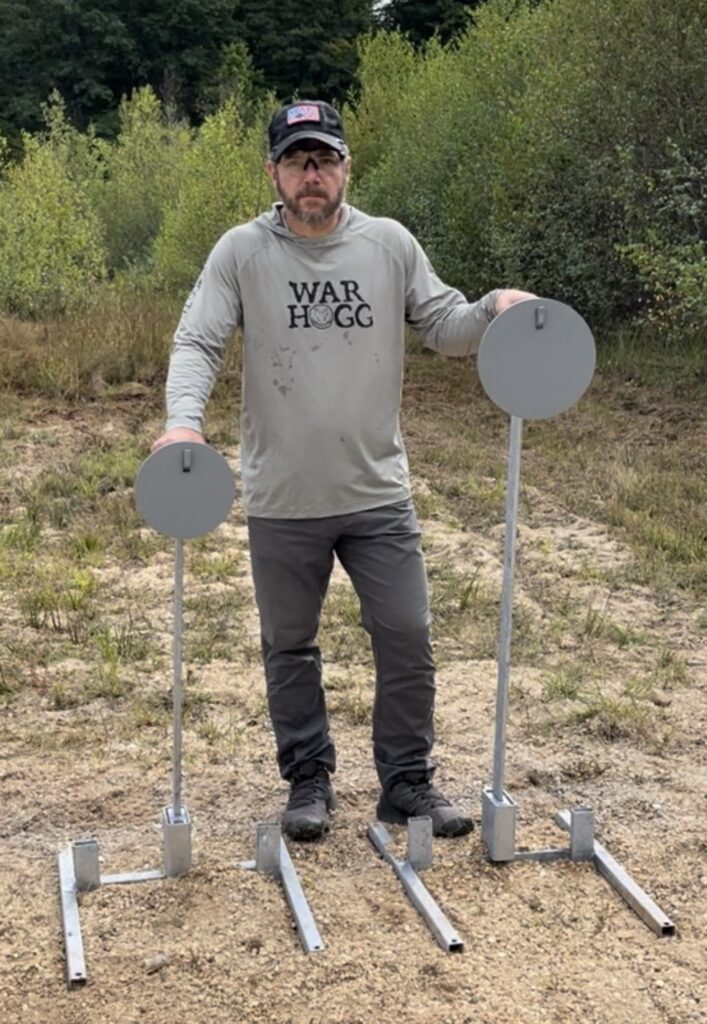
I like using index cards for the rifle Self Eval because it shows if the students truly understand their point of aim versus their point of impact with a carbine at close distances. If most of the shots are low on the card of off-target, then they were probably holding the red dot in the center of the target and don’t understand their holds for the rifle.
You could also do a hybrid — six shots with the carbine and transition to the handgun for six shots. Again, this is going to depend on the student’s skill ability and if they have been trained in transitioning to a handgun.
The Data
I like to use the word data versus time. Too many people chase some time standard without knowing how to make incremental changes to become more proficient with their firearm.
Before The Firearms Training Notebook was available, I used to give our students their overall raw time. Well, that made it hard to identify those possible issues to improve upon. Thus, the notebook gives you a way to capture that data and break each shot down to see how you can get more effective and efficient with your firearms.
The Breakdown
- Shot 1 is the presentation. This is an area that most shooters need to work on, especially if they are new to a red dot pistol.
- Shots 2 and 3 are the split on whatever target you engaged first.
- Shot 4 is the time to index from one target to the other.
- Shots 5 and 6 are again your split times for the second target.
- Shot 7 is the speed magazine change time.
- The process repeats for the remainder of the Self Eval.
Performance On Demand
Some students ask, “How fast should I shoot this?” and others, ‘”Which target first?” My whole intent is to be vague at first and let the students make some decisions.
Once we are all done with the drill, I ask a couple of questions.
First, I ask, “How many would call this a Cold Drill or Warmup Drill?” I tell them I call it Performance On Demand. This is where they are at right now if they were involved in a deadly force encounter. There is no warmup in a gunfight so why have that mentally on the range?
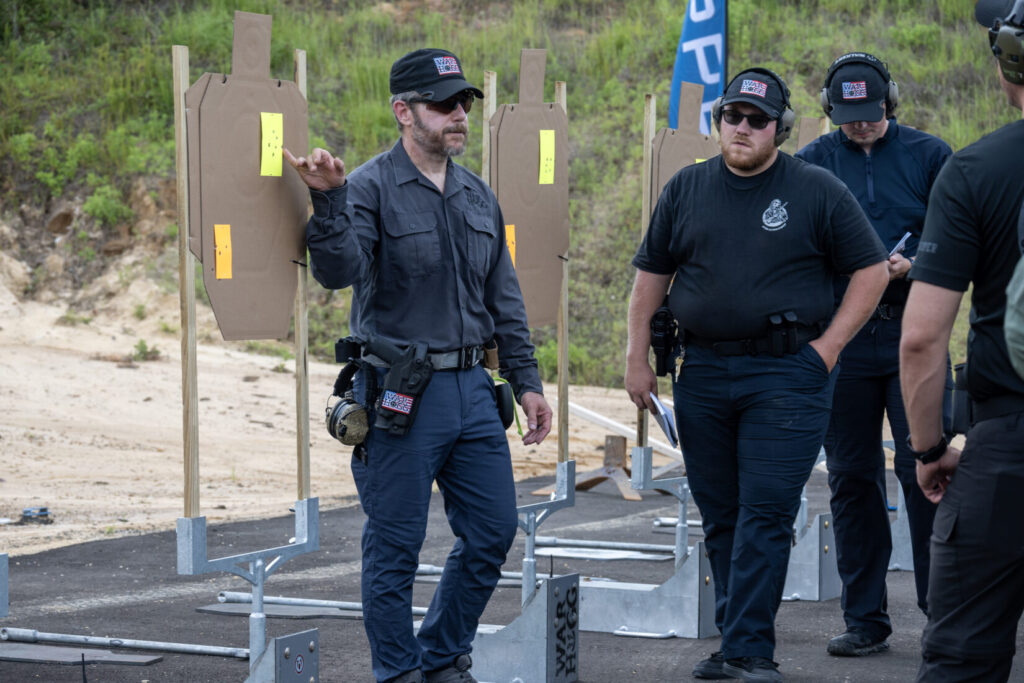
Next, we talk about scoring the targets. I find a student who has a line breaker, meaning about half the bullet hit the target and half missed. Again, I ask who would count the line break. From my law enforcement students, I hear, “I would count that for the qual.” I let them know I count line breaks when shooting B8 bullseye targets because that is an international standard.
I explain to them, using the 4th rule of firearms safety: Identify your target, what’s in line with it, and what’s behind it. Never shoot anything you have not positively identified.
So, this line break, or as I like to call it, “Hitting them in the chicken wing.” Where is that round going? You have no idea. The body is an acceptable bullet trap. I tell them I don’t count it because I want to hold myself to a higher standard. But again, it’s their self-evaluation, so the students can grade it however they like.
The last point we bring up is which target they engaged first. This is a critical part of getting them out of that flat-range mentality. When I explain the drill, I tell the students to engage three shots on one target and three shots on the other, but I don’t tell them the order.
My hope is that the student will see the bigger 4×6 card and assess that as the closer threat. If for some reason they don’t, it’s a great teaching point that introduces them to how I want them to think for themselves when they are on the range.
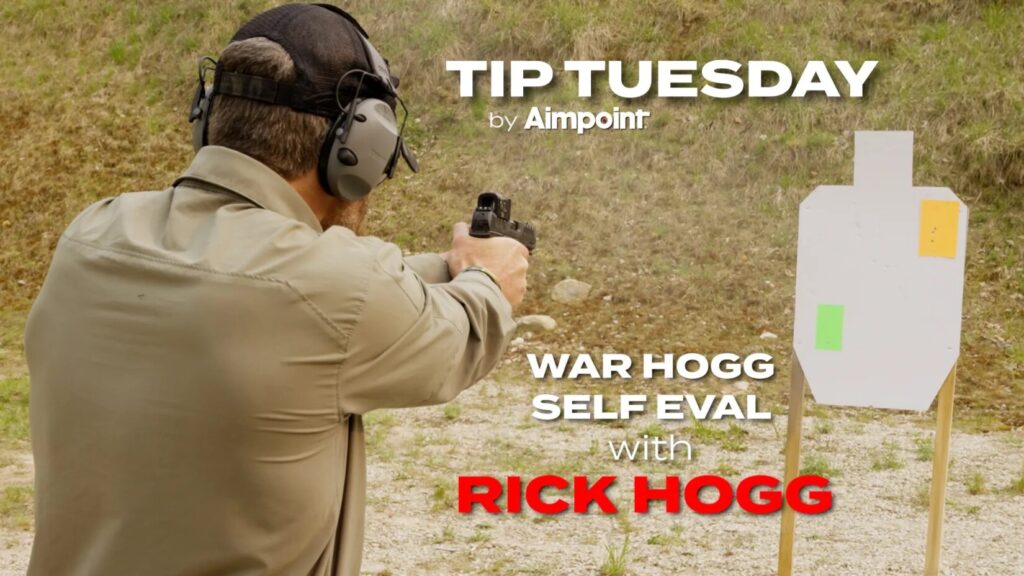
Conclusion: Be 1% Better Everyday
The whole intent with the Self Eval is to give the shooter a complex, yet simple drill to set up, to gauge their performance. From there, they can develop a dry fire training plan to improve their problem areas using The Firearms Training Notebook. After conducting a solid dry fire program, the final step is to head out to the range and see the improvement in their marksmanship ability.
Train Hard, Stay Safe, and see you On The Range.
– Rick





